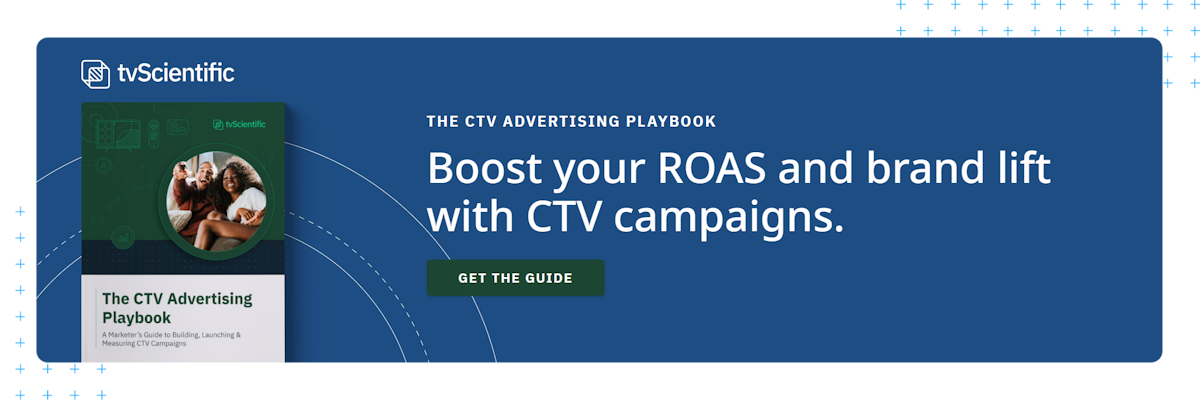Understanding how to calculate conversion rate metrics is essential for improving everything from marketing performance to business growth.
Marketers need an accurate picture of conversions to ensure they can optimize campaigns for their desired goals
Conversion rates help marketers measure how effectively a campaign can drive desired actions. These goals can vary — some campaigns may prioritize sales while others focus on leads or email subscriptions. In all cases, understanding how to calculate conversion rate metrics is essential for improving everything from marketing performance to business growth. This article will explore the process of calculating conversions, the insights they reveal, and how to optimize campaigns to achieve your objectives.
Ready to learn more? Dig deeper with Conversions in Marketing: The Complete Guide.
How to Calculate Conversion Rates
To calculate the conversion rate, start by gathering the necessary data. The conversion value is only accurate if it reflects a given business objective, such as making purchases, signing up for a newsletter, or installing an app. Instead of only asking “what is the conversion rate in marketing,” brands must focus on specific time periods that establish a baseline against previous campaigns or industry averages.
Once you have this data, take the number of desired actions that occurred within the given timeframe and divide them by the maximum number of people who interacted with the campaign. To convert this rate into a percentage, multiply it by 100.
Conversion Rate = (Total Conversions / Total Unique Impressions) x 100
Conversion Rate Tools
Google Analytics
Google Analytics is a powerful web analytics tool that provides a wide range of key features and functionalities to track, analyze, and optimize website performance. Tracking visitors and conversions is one of its primary abilities, allowing website owners to effectively measure interactions on any page.
Moreover, Google Analytics enables users to set up goals, which are specific objectives that website owners aim to accomplish. These goals can be customized to suit various business needs, such as reaching a specific number of page views, increasing time spent on the site, and more. By tracking goals, businesses can discern which aspects of their websites are successful and make data-driven decisions to enhance their performance.
Additionally, Google Analytics provides quantitative analysis of user behavior, offering various metrics and reports that showcase valuable insights. Users can explore metrics such as page views, bounce rate, and average session duration. These metrics, combined with Google Analytics' intuitive interface and customizable dashboards, enable users to gain a deeper understanding of their website's performance and make informed decisions to optimize it further.
Conversion Rate Benchmarks
It is essential to consider industry-specific rates when determining the benchmark for a good conversion rate. For instance, the average conversion rate in the e-commerce industry hovers around 2-3%, while subscription-based services can have conversion rates as high as 10%. Understanding these industry-specific rates provides context and helps businesses set realistic goals.
A good conversion rate is influenced by various factors such as the efficacy of content, industry-specific rates, and other industry-specific variations. Companies should consider these factors while analyzing their conversion rates and strive for improvement by optimizing their website, content, and marketing strategies.
How to Boost Conversion Rate
Improving conversion rates is a crucial aspect of any business or website that aims to drive higher sales and increase customer acquisition. Conversions refer to the percentage of visitors who take a desired action, such as making a purchase, signing up for a newsletter, or filling out a contact form. By focusing on optimizing conversion rates, businesses can maximize the effectiveness of their online presence and ultimately boost their bottom line. In this article, we will explore some key strategies and tactics that can help improve conversion rates and allow businesses to convert more of their website visitors into paying customers.
From user experience enhancements and persuasive content creation to implementing effective calls-to-action and conducting thorough testing, these actionable tips will provide valuable insights for businesses looking to enhance their online conversion rates and drive greater success.
A/B Testing
A/B testing is a crucial tool for optimizing campaigns. It involves comparing two versions of marketing content to determine which one performs better in terms of user engagement and conversion rates. By systematically testing different elements of a video or web page, businesses can maximize conversions and ultimately drive revenue.
When conducting A/B tests, there are key elements to focus on:
- Marketing copy, such as body text and product descriptions, can help emphasize an appealing brand voice.
- Value propositions highlight a unique benefit of a product or service. Testing different propositions can help businesses identify the most persuasive messaging strategies.
- Visual media, such as images, videos, and graphics, can greatly influence user perception and engagement. Testing different visuals can help identify which ones resonate best with users.
- A clear call to action (CTA) encourages users to engage with a campaign to complete a conversion activity. Test different CTAs, including the wording, color, size, and placement, can optimize conversion rates.
Segmentation and Filtering
Segmentation and filtering can provide a more granular analysis of conversion rates. By breaking down data into specific segments, marketers can gain a deeper understanding of their audience and make more informed decisions.
For example, analyzing conversion rates by audience can tell you which demographics are more likely to engage with different activities. If one audience is likely to follow brands on social media, while another has a higher AOV, marketers can optimize campaigns to prioritize conversions from the more valuable audience.
Make tvScientific Your CTV Partner
tvScientific was co-founded by senior executives with deep roots in search, programmatic advertising, digital media, and ad verification. We think scientifically, and our results are driven by a belief in one, simple formula: Trust = Data x Transparency x Control.
With powerful attribution capabilities, real-time reporting, automated optimization, and built-in, always-on testing, we believe that tvScientific provides the most robust, transparent, tailored CTV advertising platform. Once you see it for yourself, we know you will too. Request a demo today.






